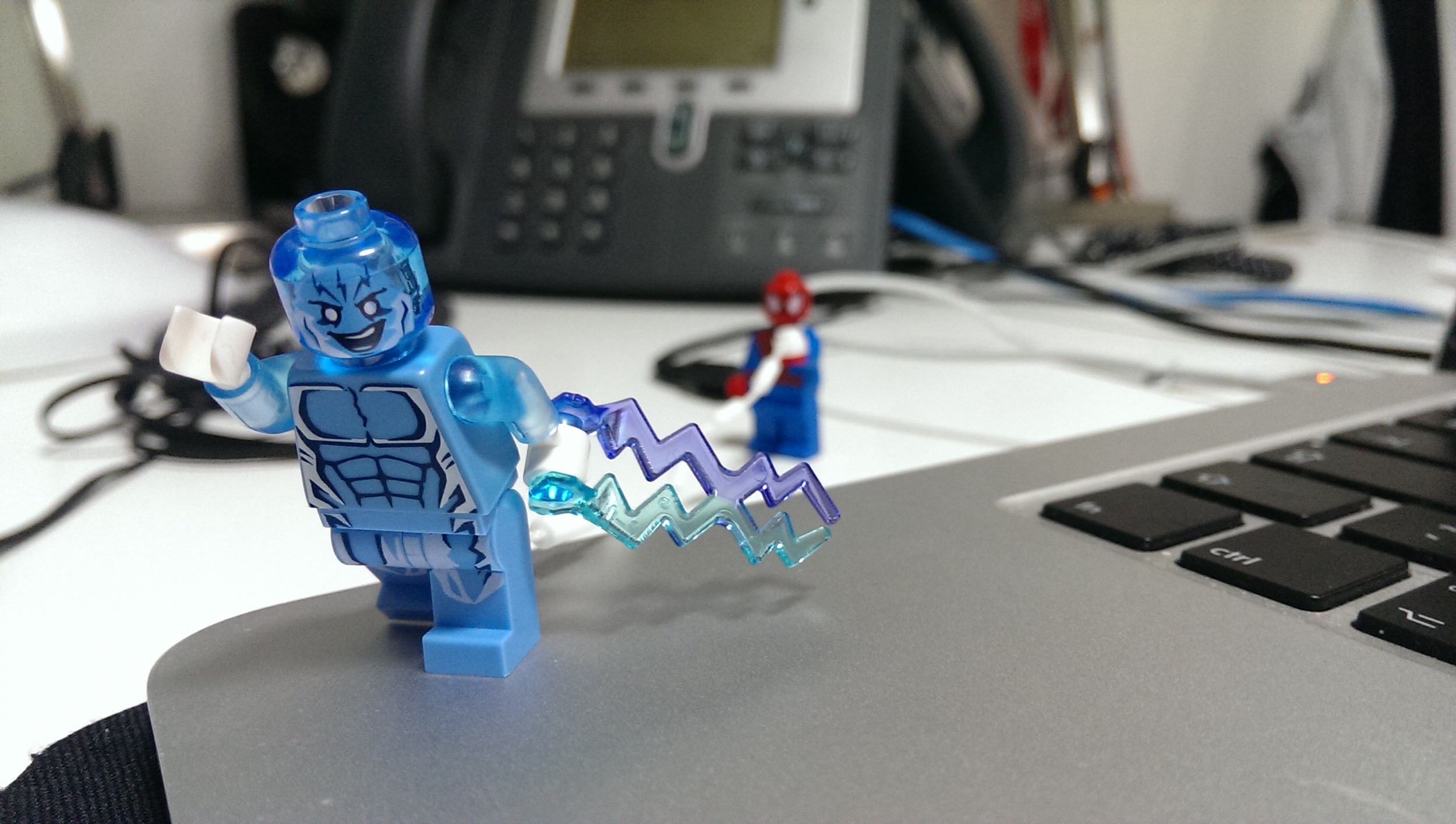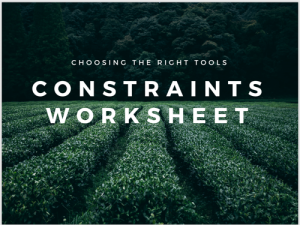Just like a muscle, our brains only have so much energy. We can’t sit and focus for hours without end.
Most research shows us that we have about 50 minutes of focus followed by a 15 – 20 minute break. We can follow this cycle for around three hours and then we’re fried.
We had around 100% to give for that first set of three hours, and then we have maybe 20%. It’s not a slow decline into less productivity, but a sharp cliff that you drop off. Your productivity dies so fast that you might as well stop working.
If you’re smart, you’ll step away from your screen at that point and head out to rest. You’ll find something green to look at and walk around away from any type of screen. I run or do some homeschool with my kids or take a bike ride. Maybe I do dishes and hang out with my wife.
This is a featured excerpt from my book: Analogue Productivity: Bring more value to work with paper and a pen. Members get it free.
Then with a few hours rest, you’re ready to dig back into work. You’ve rested your brain so it’s ready to give effort again for around the same three hours of 50 minutes of work with 15 – 20 minute breaks.
Knowing this, you need to plan your tasks based on the energy you’ll have. If you’re a morning person you need to plan that single task that will push your business forward (Quadrant II task) first thing in the morning.
I wake up every morning and start with reading. I read for an hour and then I write for two hours. Depending on the day I’ll be writing a book like this, or blog posts, or a book review. Sometimes I’ll be writing content for another site. This is the most important work that can make the rest of my work easy or irrelevant.
For a week it was working on a video course for Asian Efficiency on analogue productivity. By finishing that course I could introduce myself to a whole bunch of new people in their membership community. If that went well, I’d get more people looking at my site and pick up some subscribers that might be looking to me for coaching. Plus the reputation of AE is big enough that simply being someone that has contributed to their community is a boost to my profile as someone that can speak to matters related to productivity and doing the right work.
Then we have our ‘low energy’ tasks. Tasks that fit more towards the Manager side instead of our Maker side. Maker tasks require large blocks of time without interruptions. This is writing a book, coding, design. Interruptions mean that your flow is broken and you must take time to get back up to speed. Some research has shown that for programmers it takes up to 45 minutes to get back to the productive flow they had when the interruption started.
Manager tasks are things like email and meetings. A meeting can be an hour, then you have an hour for email, then you have an hour to talk to another employee or fill out an evaluation. They often require less focus and an interruption doesn’t break the entire flow of the work.
If you want to get amazing work done then you must make sure that you schedule your Maker tasks to line up with the high energy parts of your day. Then you must protect that time with religious fervour.
During my mornings I only take my iPad to the coffee shop. It doesn’t have iMessage on it, and nothing can send me a notification. My iPhone is in Do Not Disturb mode where no one can send me a message of any type. My wife won’t get through if she sends me a text message. The only way she can get in touch with me during my writing times in the morning is by calling me.
This highly protected time is one of the reasons I can write five thousand words on a good morning, and 1000 on bad mornings.
Once you block out your time into blocks that allow for focused work and start protecting them, you’ll find that you’ll want them to get bigger and bigger.
Actions
- Establish your Maker time and write down how you’re going to cut out distractions so you can focus.
If you’re ready to take action then download my free worksheet. It’s going to walk you through the 10 Constraints from my book so you can start doing better work.
Photo by: whatleydude

